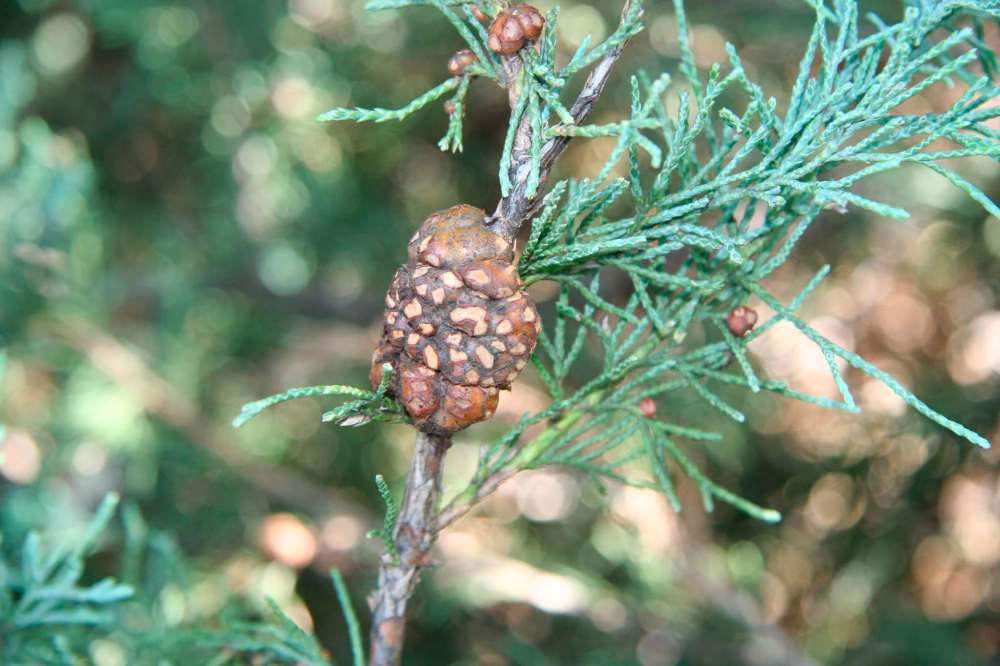Keeping coniferous evergreens healthy
Advertisement
Read this article for free:
or
Already have an account? Log in here »
To continue reading, please subscribe:
Monthly Digital Subscription
$0 for the first 4 weeks*
- Enjoy unlimited reading on winnipegfreepress.com
- Read the E-Edition, our digital replica newspaper
- Access News Break, our award-winning app
- Play interactive puzzles
*No charge for 4 weeks then price increases to the regular rate of $19.00 plus GST every four weeks. Offer available to new and qualified returning subscribers only. Cancel any time.
Monthly Digital Subscription
$4.75/week*
- Enjoy unlimited reading on winnipegfreepress.com
- Read the E-Edition, our digital replica newspaper
- Access News Break, our award-winning app
- Play interactive puzzles
*Billed as $19 plus GST every four weeks. Cancel any time.
To continue reading, please subscribe:
Add Free Press access to your Brandon Sun subscription for only an additional
$1 for the first 4 weeks*
*Your next subscription payment will increase by $1.00 and you will be charged $16.99 plus GST for four weeks. After four weeks, your payment will increase to $23.99 plus GST every four weeks.
Read unlimited articles for free today:
or
Already have an account? Log in here »
Hey there, time traveller!
This article was published 10/09/2016 (3347 days ago), so information in it may no longer be current.
Every week I get one or two people asking me why their coniferous evergreens look so poorly or why are they dying?
The quick answer is that conifer trees and shrubs generally do not grow well on the alkaline soils that are present in the Red River flood plain. Evergreens prefer to grow in acidic soils common to many properties. Colorado blue spruce trees are OK in climates such as those in the far north, or in eastern or southwestern areas of the province. Alkaline soils create growth stress in many conifers causing them to weaken and be the target of various diseases and pests.

Just about everyone falls in love with a young Colorado spruce tree on display in a garden centre or a commercial tree nursery. At a young age, it appears to be the perfect tree. As it ages, it soon becomes the target of damaging diseases and pests. The most serious of these are two very common diseases: Cytospora fungal canker and Sirococcus fungal tip blight. There is no effective control for Cytospora and tip blight is difficult to control as the spruce ages. If caught early enough, the tip blight disease can likely be controlled with an approved fungicide treatment program. Balsam fir is closely related to the spruces and as such it can also be targeted by the spruce diseases.
Spruce spider mites are very tiny sucking pests that can also occur on fir and cedar. Regular washing with water from a garden hose or with a low setting on a pressure washer on spruce, fir and cedar trees and evergreen shrubs will knock off scores of mites. Other kinds of mites can also be controlled with dormant oil in April, but only use this product on leafless woody shrubs and trees.
The two common ornamental pines that grow in southern Manitoba are Scots pine and mugo pine. Both can be infected by Sirococcus shoot blight and occasionally pine crown gall disease. Nearly all mugo pines are attacked by insects called pine needle scales. The Sirococcus blight and its control is similar to one described above for spruce trees. Pine needle scales can usually be controlled in April with dormant oil spray. Pine crown gall disease cannot be effectively controlled once it has spread through the tree. Pruning off the galls in the early stage of its life will control this disease.
Juniper trees and shrubs can be involved in spreading a serious disease to hawthorn trees called hawthorn-juniper gall rust. The hawthorn retaliates by spreading a form of that same disease back to the juniper. The spread of the disease between these two trees is like a ping-pong match. Ultimately, both the juniper and the hawthorn can die as a result of the concentration of fungal toxin in their woody plant tissues. There are no control products to deal with the disease especially in hawthorns. Pruning off the galls on the juniper branches does control the disease temporarily in the juniper thereby controlling the disease, to a certain degree, in the hawthorns.
Both trees can be infected with the disease from remote sources anywhere in southern Manitoba.

Cedars in our area do not succumb to serious diseases and pests as do the other conifers. Cedar tip and shoot blight diseases are very common on leaves at the ends of branches, but they are rarely serious. Fungicides are normally not needed. Cedar scale insects can on occasion be a nuisance as feeding pests on the leaves. Hosing them down with water knocks them off the branches in the spring.
Homeowners put a great deal of time and money to establish coniferous evergreen trees and shrubs in their yards. Unfortunately, owing to the nature of urban and rural properties that have alkaline soils, these evergreens inevitably succumb to diseases often connected with pests. If you have struggled with trying to grow evergreens perhaps you should consider the many advantages of growing deciduous trees which are not evergreen such as dropmore linden, Delta hackberry, Ohio buckeye, Manchurian ash, northern pin oak and Japanese tree lilac to name a few. Get in touch with me and I can give you other tree suggestions.
Remember that there is always a suitable tree for the right place.
Michael Allen M.Sc.F., RPF (ret’d) is a consulting urban forester, tree diagnostician and certified arborist. He owns Viburnum Tree Experts. He can be reached at 204-831-6503 or 204-223-7709, or at viburnumtrees@shaw.ca. His web site is www.treeexperts.mb.ca


